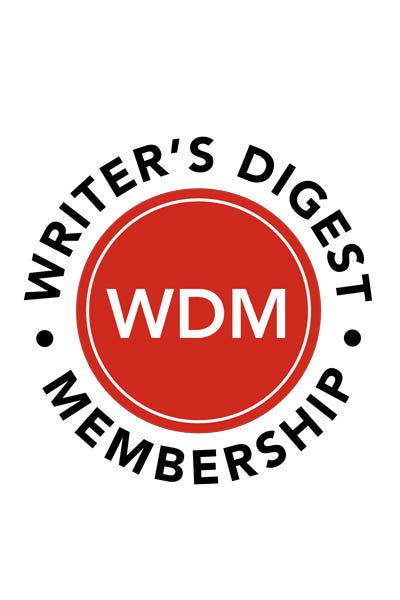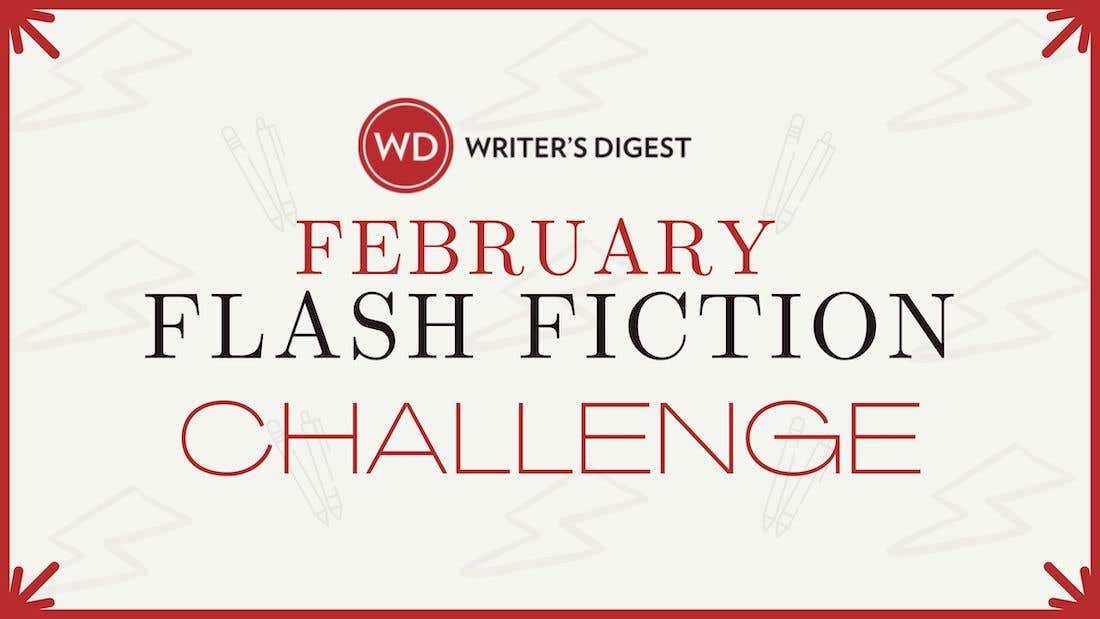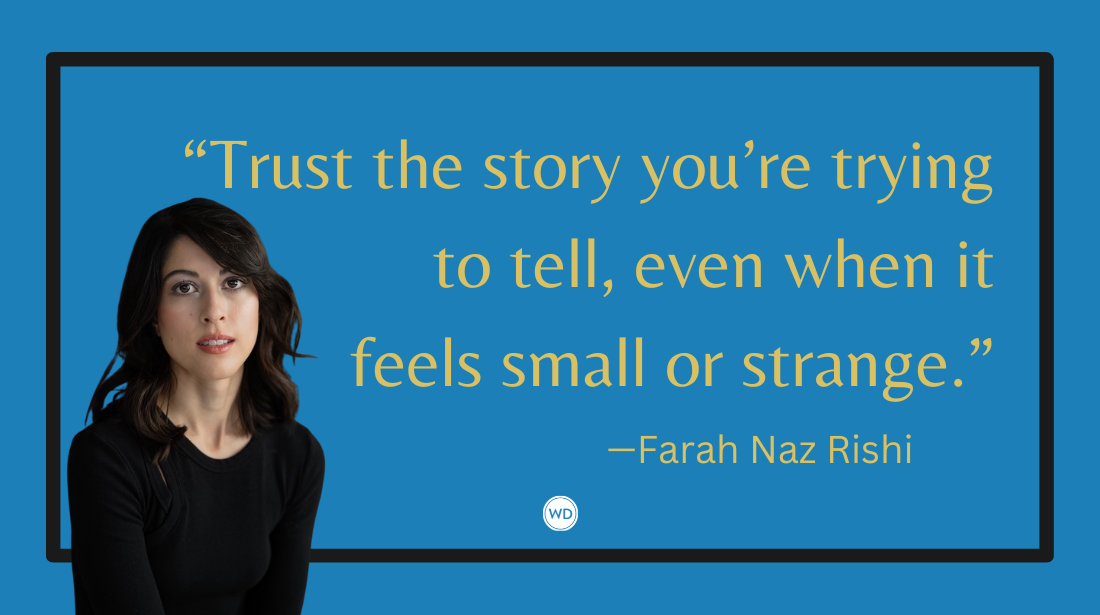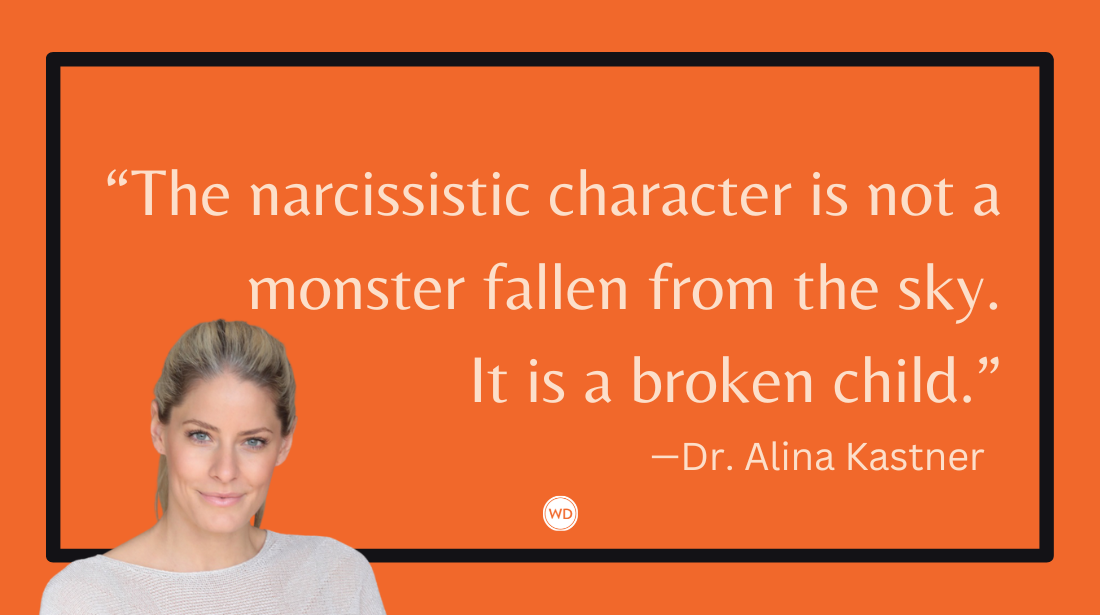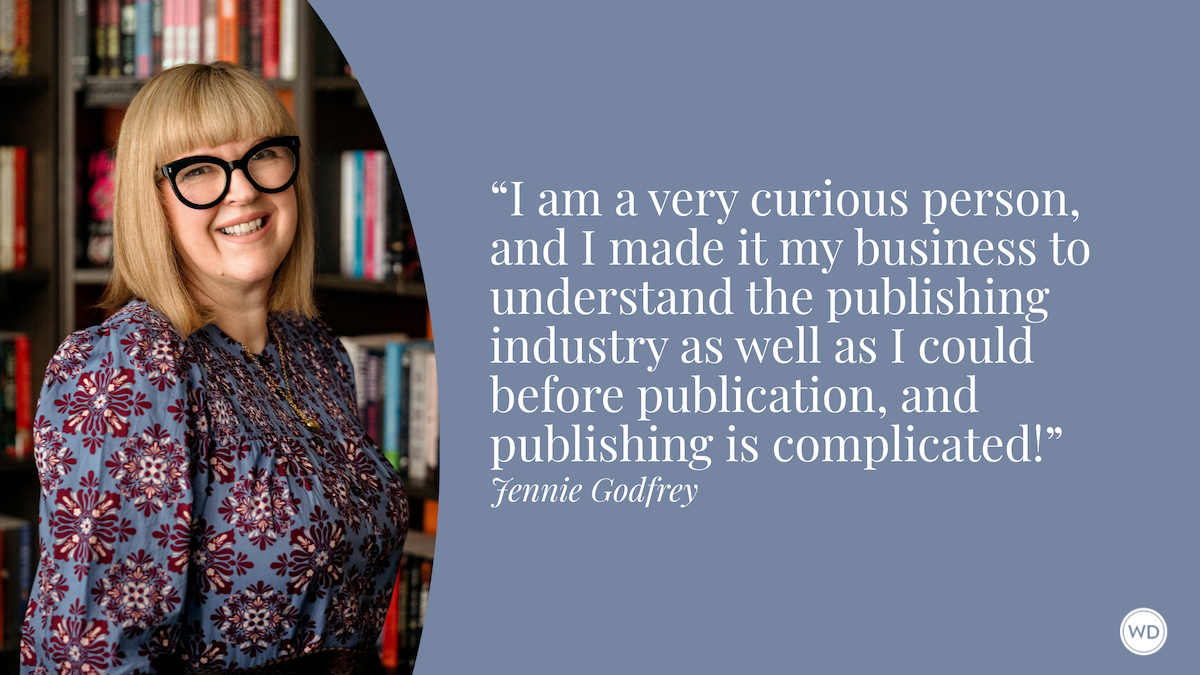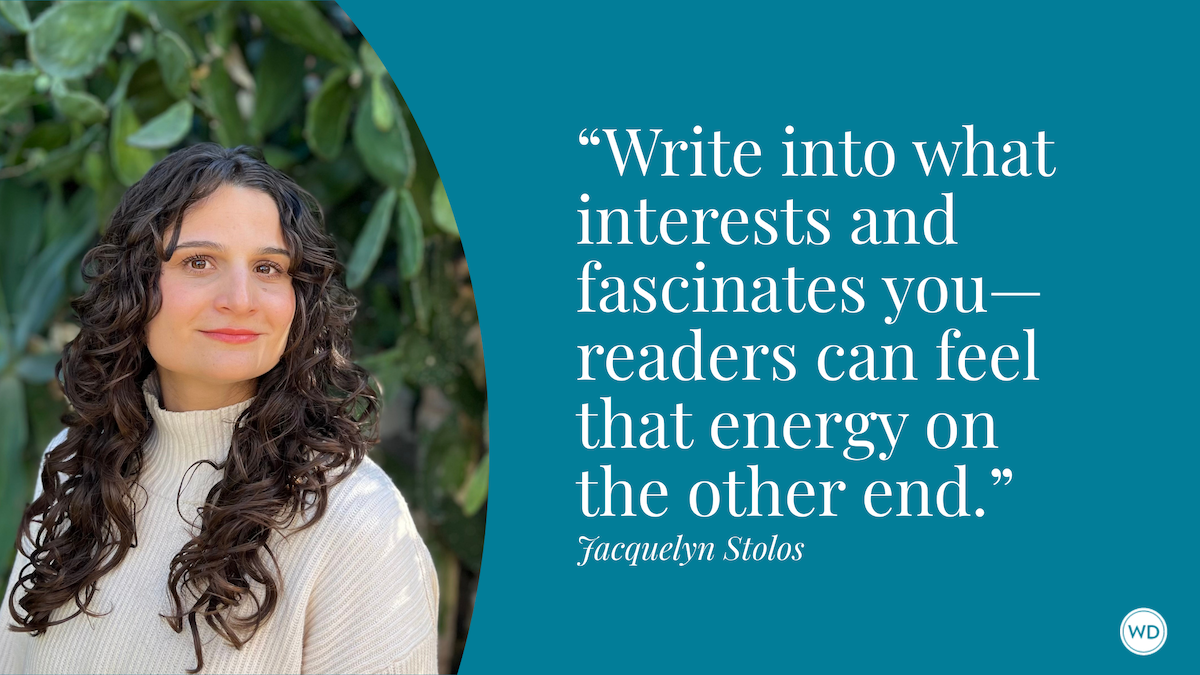The Healing Power of Fiction: Turning Pain Into Prose
Author and peace negotiator Somia Sadiq discusses the healing power of fiction for both writers and readers.
Writers know this instinctively: When life breaks us open, words have a way of spilling out. Some of us scribble in journals, some draft poems in the middle of the night, some start novels that feel too big for us but demand to be written anyway.
That was me with Gajarah. I wasn’t just writing a book. As a peace negotiator who has borne witness to the darker edges of human capabilities, and a woman of migration myself, I was making sense of the grief that I’ve collected over the years. Grief that sat clunky, and questions about belonging that just wouldn’t stop gnawing.
Fiction, it turns out, is one of the most powerful ways we can turn pain into something we can actually carry. It doesn’t erase trauma. It doesn’t offer tidy resolutions. But it does transform what feels unspeakable into something that can be shared, read, and understood. That act alone can be profoundly healing. For the writer, and for the reader.
Stories as Medicine
Across cultures, stories have always been part of how we heal. In Punjabi households, for centuries grief has found its way into songs we sing, even those sung at weddings. In some Kashmiri folktales, ghosts and fairies speak truths history books conveniently forget. In Indigenous traditions across North America, storytelling circles remain sacred sites of collective healing, where children, elders, and ancestors gather to share generations after generations.
These stories weren’t just entertainment. They were tools for survival. A way of carrying memory forward when it was too dangerous or too raw to share in its purest form.
Fiction, in many ways, is a contemporary extension of that tradition.
The Psychology of Narrative
Trauma fragments memory. It leaves us with these jagged pieces that don’t seem to fit together. Psychologists talk about “narrative repair”—the process of sequencing those fragments into something coherent, something survivable.
Fiction offers a similar pathway. When we read about a character’s struggle, our brains engage in exercising our resilience muscles from a safe distance. We recognize pain and can empathize without being consumed by it. We can test out what forgiveness could look like, without having to risk it in our own lives first.
And when we write fiction, we’re doing a form of narrative therapy without calling it that. We take experiences that feel impossible to name and place them into the hands of characters who can hold them. We move them around, we reimagine them, we give them endings our real lives may not yet allow.
The Neuroscience of Story
Science backs all of this up. Neuroscientists have shown that when we read a story, our brains don’t just process the words. They light up as if we are living the experience. A story about running activates the motor cortex. A story about grief activates the same areas that fire does when we grieve.
This is why fiction can feel so visceral. It’s not just that we “relate” to characters. It’s that our brains are experiencing their journeys almost as if they were our own. Which means fiction has the ability to rehearse healing in us, alongside attempting it in our real lives.
Fiction as Collective Healing
Of course, trauma isn’t just personal. It’s also collective. Wars, displacement, systemic violence—these leave behind messes that last for generations. And fiction has a way of carrying those wounds into public view without reducing them to statistics or headlines.
Think of Toni Morrison’s Beloved, which turned the legacy of slavery into a story that was both devastating and necessary. Or Leslie Marmon Silko’s Ceremony, which wove Indigenous tradition into a narrative of recovery from war and colonization.
When I wrote Gajarah, I wanted to add my color to this fabric: to tell a story about women carrying inherited and collected grief and resilience, and to invite readers to sit with it—not just as bystanders, but as participants in what it means to live with memory. As those who could walk alongside someone healing from trauma. Imagine building our capacity to not just be able to heal from our own grief, but that of others? What does it look like in someone’s head when they’re wrestling with it? By walking alongside the protagonist, Gajarah gives us a powerful look inside a traumatized brain.
Accessibility and Everyday Healing
Not everyone has access to therapy. But most people have access to stories. Books live in classrooms, libraries, and living rooms. They’re shared in book clubs, on nightstands, in the quiet scroll of an e-reader before bed. Most importantly, they’re shared amongst friends around a campfire, in a kitchen, while walking down the street, in everyday conversations.
This accessibility is what makes fiction so powerful. It can soften the entry into taboo or stigmatized subjects. It can open up conversations around grief, violence, or identity in ways that lectures or reports never could. And it does so gently. With metaphor, with poetry, with character, giving readers a way to engage without having to disclose their own wounds.
Writing as Release
For writers, fiction can be how we metabolize our own pain. Writing doesn’t have to be about fixing pain, but about processing it, creating new language to make sense of it, creating new possibilities of what else could be true beyond the binary. And doing so in a way that helps others watch how it all unfolds.
Readers, in turn, transform that release into something else—recognition, relief, or even courage. Fiction becomes a shared space of repair, a sacred circle where the storyteller and story listener cultivate their field of healing together.
The Power of Prose
Turning pain into prose doesn’t make the pain disappear. But it makes it speakable. It gives it rhythm, context, and meaning. And sometimes, that’s enough to shift despair into possibility.
Fiction allows us to mould the clunk, work with it, shape it into something that can be carried.
So, if you’re a writer staring down your own silences, or a reader looking for language that might mirror your wounds, trust the story. It won’t heal everything. But it might just be the bridge that carries you closer to wholeness.
Check out Somia Sadiq's Gajarah here:
(WD uses affiliate links)



